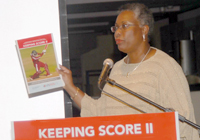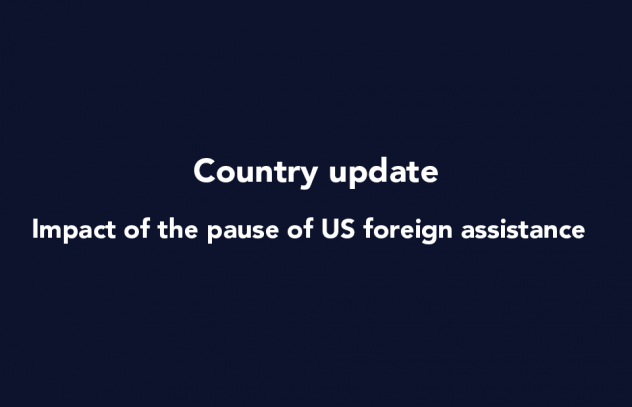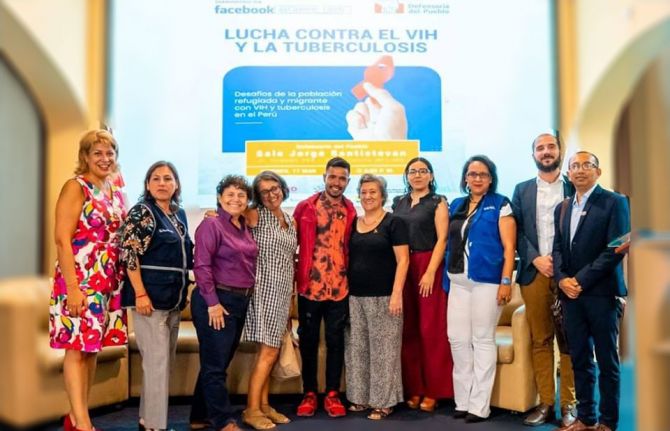
Feature Story
More prevention focus needed for the Caribbean to sharpen its response to HIV
22 December 2008
22 December 2008 22 December 2008
Dr Karen Sealey, Director of the UNAIDS Caribbean Regional Support Team addressing the recent launch of Keeping Score II in Port of Spain.
Credit: UNAIDS
Those at highest risk of being infected by HIV in the Caribbean are not generally included at the heart of HIV prevention strategies. This is one of the conclusions of Keeping Score II, a publication launched by UNAIDS Caribbean Regional Support Team recently in Trinidad and Tobago.
Keeping Score II is a consolidated analysis of Caribbean country progress reports presented by governments to the 2008 United Nations General Assembly High-level meeting on AIDS.
However, nearly 80% of the country updates did not report on prevention programme coverage for men who have sex with men, sex workers and those who use non-injecting drugs. These gaps, it is argued, indicate that in many national decision-makers and implementers of country responses don’t have a clear understanding of the role played by these most-at-risk populations in their epidemic and the need for prevention programmes to specifically reach them.
Addressing the recent launch of the report in Port of Spain Dr Karen Sealey, Director of the UNAIDS Caribbean Regional Support Team, stated that more effort was required to ensure that HIV prevention programmes reached those at most risk.
The need for greater prevention success was echoed by Dr Amery Browne, Trinidad and Tobago’s minister of Social Development who addressed the launch. Noting that last year 20,000 people in the region became newly infected with HIV, Dr Browne said, “this shocking statistic should give us more than pause for thought. It should encourage us to look at innovative ways to reach key audiences with prevention messages. We need to be bold."
Along with an examination of challenges, Keeping Score II also highlights achievements in the AIDS response in the Caribbean. There has been notable success in terms of HIV treatment, which has been dramatically expanded. By the end of 2007, 30,000 people were receiving antiretroviral therapy, an increase of 50% in twelve months. However, treatment coverage remains below 45% in the region.

Keeping Score II is a consolidated analysis of Caribbean country progress reports presented by governments to the 2008 United Nations General Assembly High-level meeting on AIDS.
In the areas of prevention of mother-to-child transmission of HIV and blood safety, progress has been made in a range of countries. In addition, there has been an increase in high-level political commitment, more resources have been allocated to national responses and the multisectoral approach is widening and deepening.
Ms Angela Lee Loy, chair of the National AIDS Coordinating Committee (NACC) in Trinidad and Tobago, hoped that Keeping Score II would be used extensively to help the Caribbean shape and sharpen its response to HIV. "I believe it is a critical initiative that will enable the NACC to improve our strategic planning," she said.
The Caribbean is the second most-affected region in the world after sub-Saharan Africa with an adult HIV prevalence rate of 1.1% and AIDS remains one of the leading causes of death among people aged 25 to 44 years in the Caribbean. The epidemic has stabilized in several counties—though this has tended to occur at a high level. At the end of 2007 an estimated 230,000 people were living with HIV in region.
More prevention focus needed for the Caribbean to
Feature stories:
Much progress to report: UNGASS 2008 (12 March 2008)
Publications:
Keeping Score II (pdf, 2.82 Mb)



